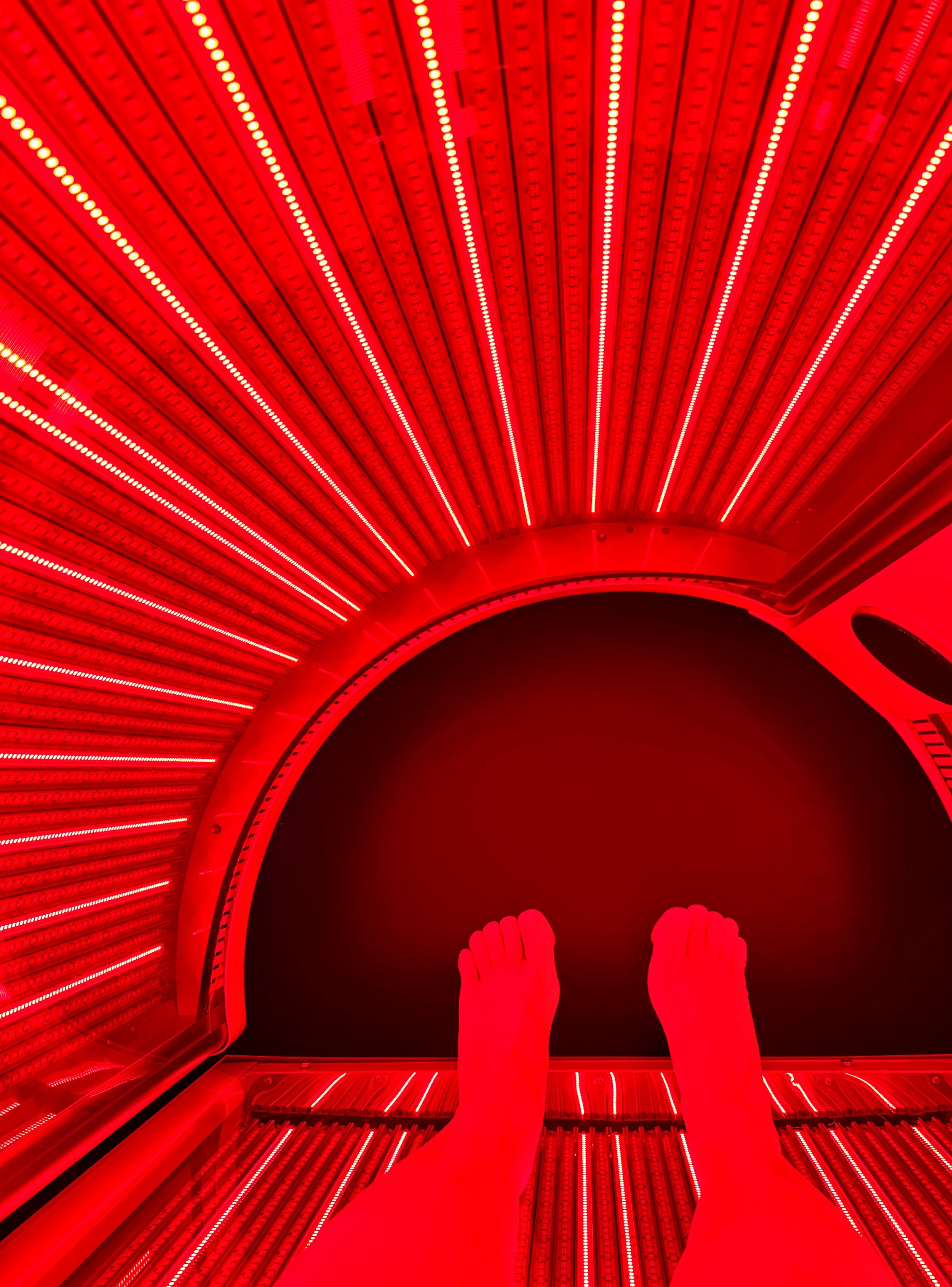THANKFUL FRIDAY
Cindy Maddera
Among the headlines presented to me this week from the New York Times Well section include A User’s Guide to Midlife, Happiness Doesn’t Have To Be A Heavy Lift, How Stress Masks the Symptoms of Chronic Disease, and It’s Probably Time To Clean Your Water Bottle. I only clicked to read one of these and that was the one on happiness. While the information in the article didn’t really tell me something I didn’t already know, I did learn some new terms for a practice that I try to do every day. Things like micro-moments of positivity and tiny little joys (T.L.J.s). One of my favorite take-aways was the reverse pet peeve.
a ‘reverse pet peeve’ is something small that brings you disproportionate joy. -Bree Groff, author of the upcoming book Today Was Fun.
I’ve not ever used those words to describe my practice of seeking out the tiniest moments of joy, but the reverse pet peeve seems the most appropriate way to describe this thing I’ve been practicing and writing about for years in my Thankful Friday entries. I’ve been preaching the concept that joy doesn’t always have to come from big moments for a long time now.
This week, I had a summer scholar ask me what microscope system is my favorite of all time. I paused before answering because this felt like a choose your happiest moment question. Our technology center has many types of microscopes and they all serve different purposes. I finally answered “The Zeiss LSM-510.” I know this means nothing to many of you. It means nothing to that summer student or even to the postdoc she’s working with. Zeiss no longer makes the 510 and the software that ran that system has long ago been upgraded into something completely unrecognizable. The 510 was/is slow and clunky. Microscopy has come a long way since the development of the 510. The microscope systems I have access to now are so much nicer and friendly to use. I have said many times that I would love to re-image the experiments we imaged on the 510 with the new technology that is available to me now. So why would I choose this as my favorite of all time? The LSM 510 is the first confocal microscope I ever learned to use. I spent hours sitting in the dark with my boss, watching cells crawl across the screen eating bacteria or yeast or whatever we decided feed them. The LSM 510 is the microscope that sparked me. This is where I felt like I had finally chosen the correct scientific path for myself and there were many many moments of reverse pet peeves that happened while watching those cells.
Later on, I was working with the postdoc who is mentoring that summer scholar. His experiment is new and potentially messy so I set him up on a microscope that we recently moved into ‘retirement’. The two of us spent an afternoon working out ways to image this sample and finally managed to capture a short video of goblet cells actively taking in fluorescent dye. We both cheered and highfived each other. It was the most fun I’ve had in the lab in while. When the postdoc thanked me for my help, I shoved his gratitude aside because first of all, I was doing my job. But secondly, I was really happy to be asked for help on this project. This was bigger than T.L.J.
This is a reverse pet peeve that I’m going to savor for a long time.





















